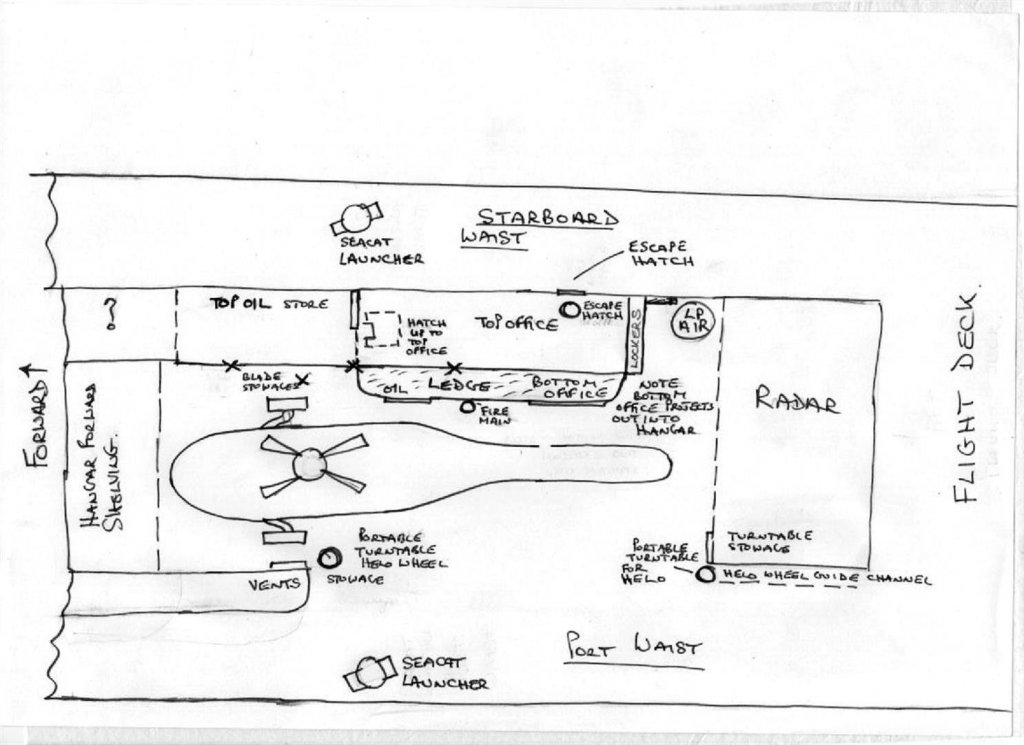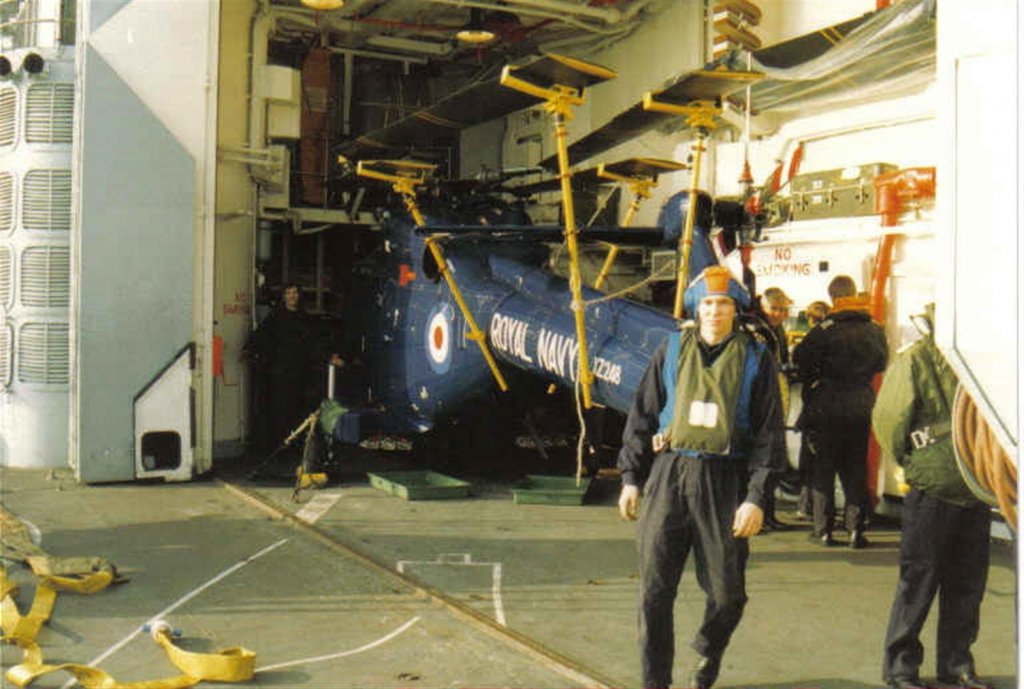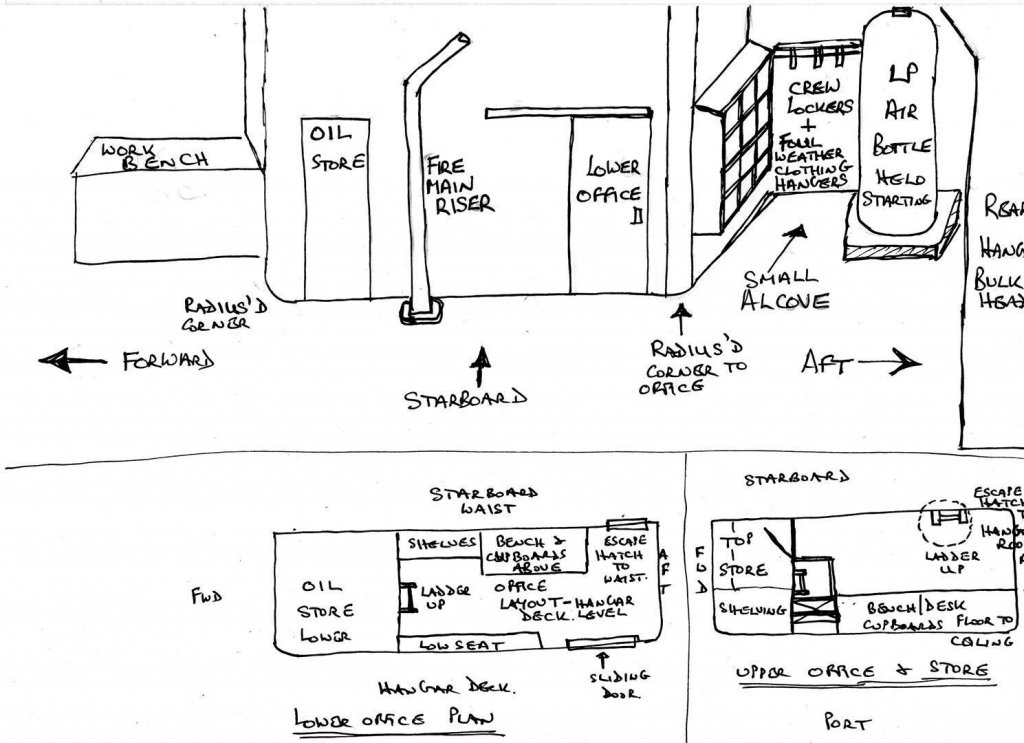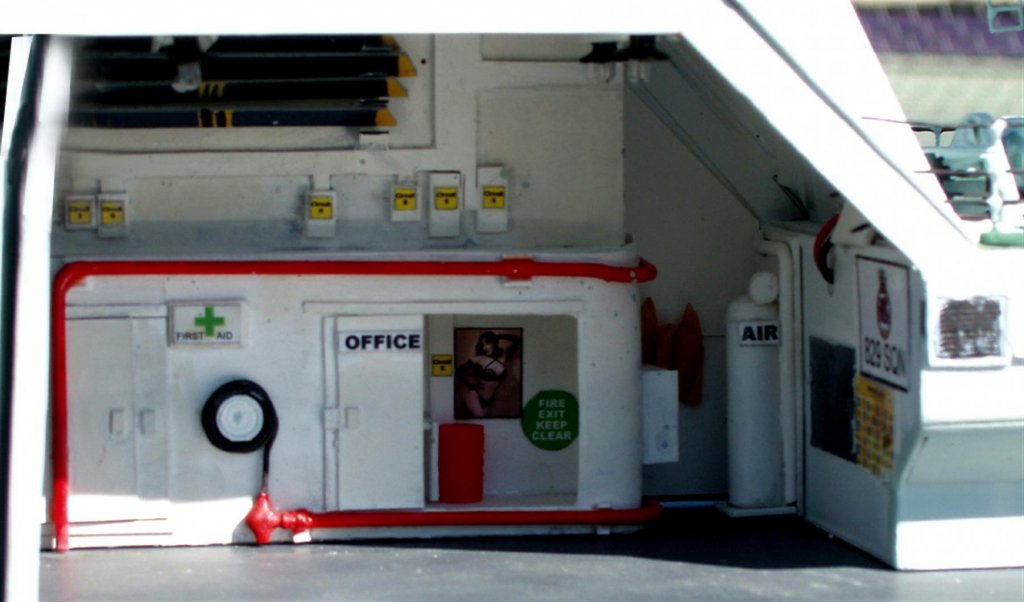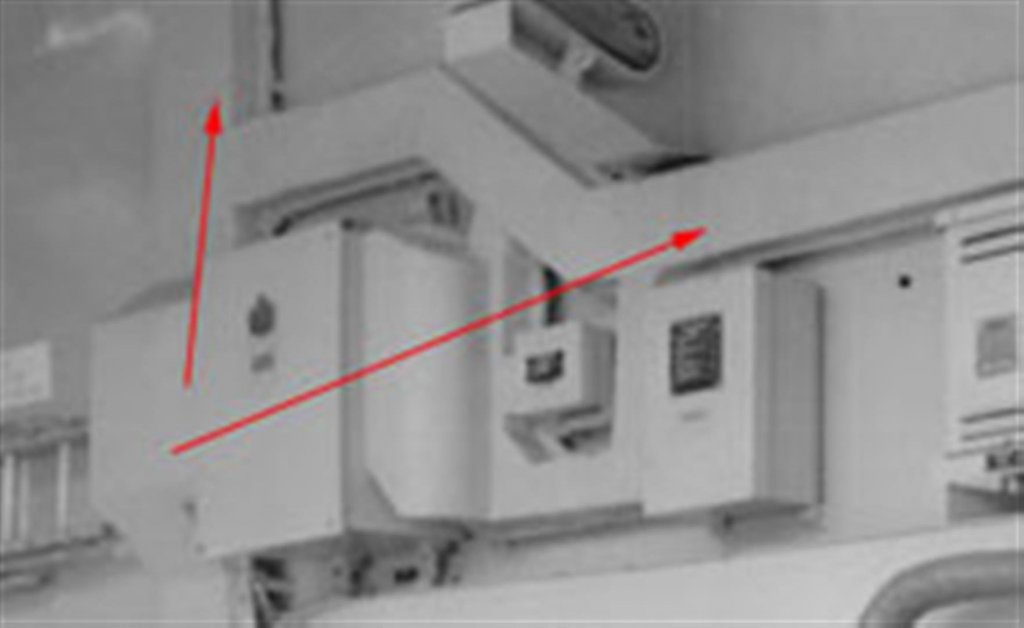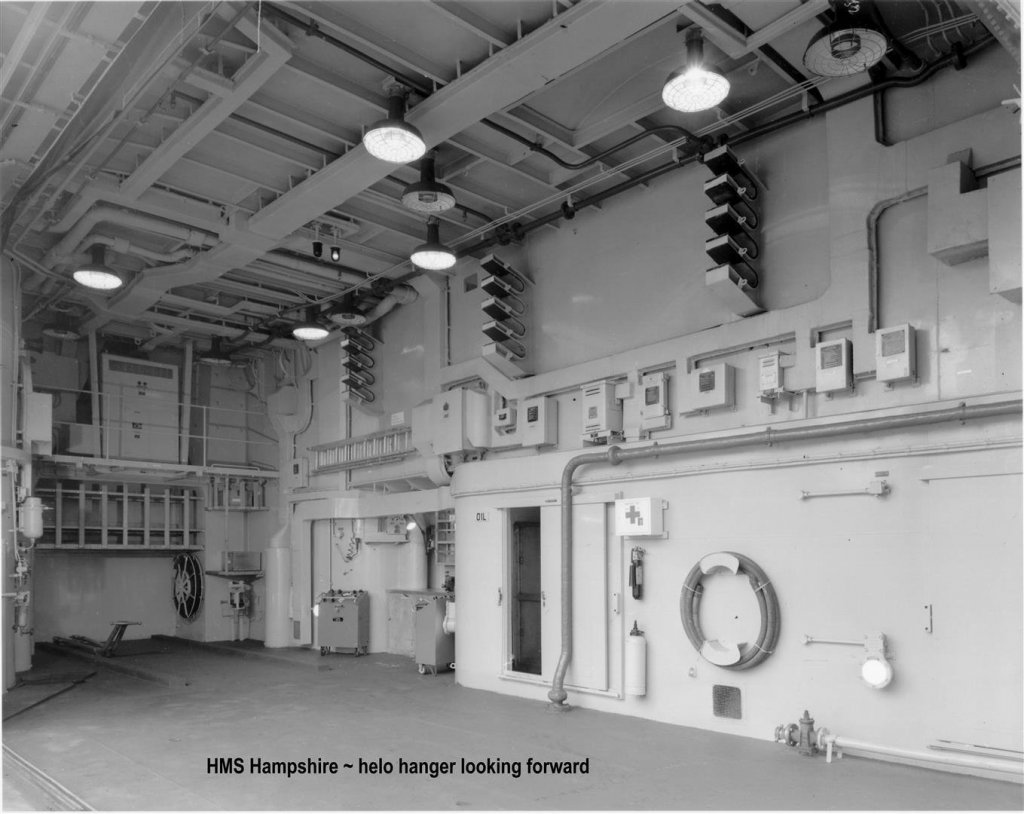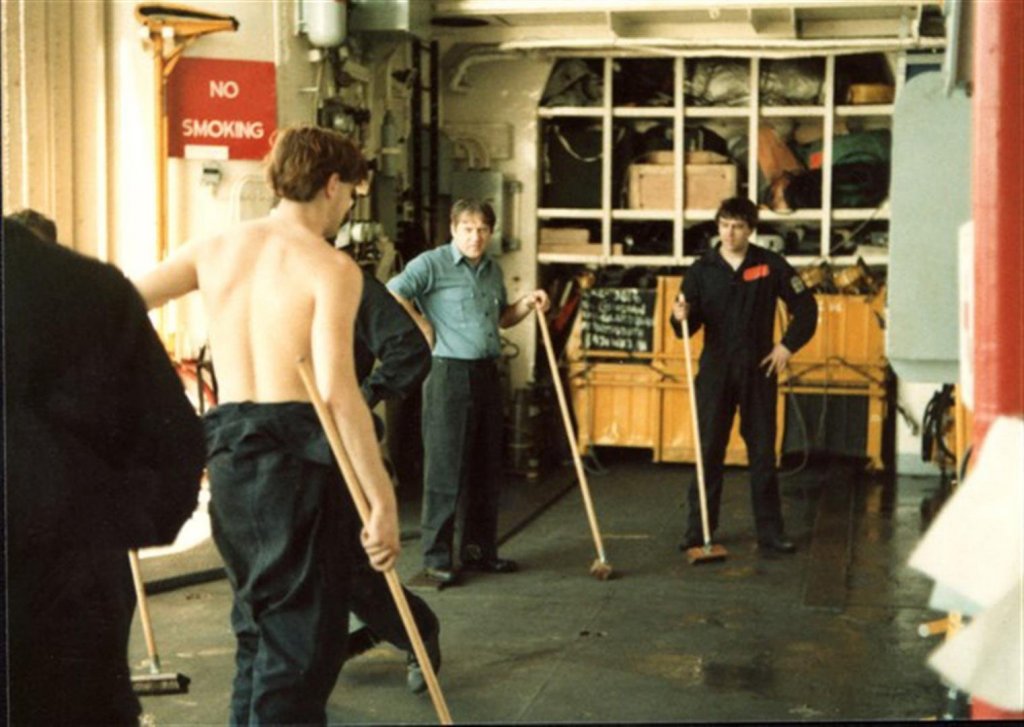-
Posts
7,009 -
Joined
-
Last visited
Content Type
Profiles
Forums
Gallery
Events
Everything posted by Kevin
-
good morning everyone well the helo could have turned out better, but for now it will do, I have plans to change it towards the end of the build, the tail will have to be repainted as the masking did not work very well and again a picture of what I am trying to achieve also the rotor blade holder is not in place yet
-
Thoroughly enjoyed my week off, it wasn't to to do the build it was because my doggie needed a operation which was done a week ago, and done loads of things that im not able to do during the working week, Dobbie was fine after the op just to take it easy for a week until the scars heal replaced some rotton posts along our property, put most of the garden to bed for the winter sos on and so on Dobbie aged 2 years old
-
Good morning Piet thank you for your kind words, but yesterday i realised that i need to rethink the hanger, because of the prtice i am using 1mm and not 2mm plastic card, but because of it being quite flexible i have been strengthening it up with off cuts out of sight, which then causes it own issues, when you want to work in that area, So i have revamped the hanger totally the hanger sides have been removed and replaced with 2*1mm and I did away with the inset by doing it this way it has become a lot more accurate and I have gained about 4mm in storage space for the helo, Phots later, i have to live and learn,
-
lovely work my friend, hope the arm/neck is better soon, so whats the next project lol
- 60 replies
-
- dragon class
- billing boats
-
(and 2 more)
Tagged with:
-
well the hanger has a helo in it now, lol not that anyone in a maritime site would care, but i had to, my hands were tied, it has a fairly cheap basic OOB build, and I even left some bits off, the rotors blades were a pain as they were not design to fold like that here is what i am trying to copy (not my photo) the kit my attempt so far
-
well thats my quota of likes used for the day - lol again i just could not work in 1350, they way you have handled this build is amazing, love the PE set and your attention to detail
-
Good evening everyone spent quite a bit of time today on the hanger internal details, even though artistic licence applies i am happy with it, especially as when the helo is parked in front of it very little will be seen before being primed i put a cage under the landing primed with Halfords rattle can grey then in Citadel white which is quite a flat white using part of the spruce from the Bismark build, i formed a few water pipes which then were primed in red and added then made a set of hand rails for the landing and placed into its home for the night
-
Good evening everyone the hanger idea did not work for me, when the door is cut the whole superstructure became to flexible, so back to the drawing board the solution I came up with was to make an internal hanger to fit inside the main body this has firm everything up and it is removable helicopter arrived
-
I have just realised where my spare free time goes, Just reread your log from the start, brilliant work, I got so engrossed I forgot to like the posts,
- 3,618 replies
-
- young america
- clipper
-
(and 1 more)
Tagged with:
-
lovely work Gil, another masterpiece in the making
- 60 replies
-
- dragon class
- billing boats
-
(and 2 more)
Tagged with:
-
Popeye she was heavenly converted after being sold to Chile and renamed The Royal navys idea of the side entry hanger, was quite silly, and the conversion allowed her two helo, it was the Seaslug system that dictated the design this had become very outdated very fast the top photo is how she was when i served on her with the Exocet system fitted where B turret used to be before After
-
Brilliant work Dan the 1/70 SD14 is just waiting to be built by you
- 295 replies
-
- amatsukaze
- halinski
-
(and 2 more)
Tagged with:
About us
Modelshipworld - Advancing Ship Modeling through Research
SSL Secured
Your security is important for us so this Website is SSL-Secured
NRG Mailing Address
Nautical Research Guild
237 South Lincoln Street
Westmont IL, 60559-1917
Model Ship World ® and the MSW logo are Registered Trademarks, and belong to the Nautical Research Guild (United States Patent and Trademark Office: No. 6,929,264 & No. 6,929,274, registered Dec. 20, 2022)
Helpful Links
About the NRG
If you enjoy building ship models that are historically accurate as well as beautiful, then The Nautical Research Guild (NRG) is just right for you.
The Guild is a non-profit educational organization whose mission is to “Advance Ship Modeling Through Research”. We provide support to our members in their efforts to raise the quality of their model ships.
The Nautical Research Guild has published our world-renowned quarterly magazine, The Nautical Research Journal, since 1955. The pages of the Journal are full of articles by accomplished ship modelers who show you how they create those exquisite details on their models, and by maritime historians who show you the correct details to build. The Journal is available in both print and digital editions. Go to the NRG web site (www.thenrg.org) to download a complimentary digital copy of the Journal. The NRG also publishes plan sets, books and compilations of back issues of the Journal and the former Ships in Scale and Model Ship Builder magazines.

.thumb.jpg.8f18a3b45bf1cbdd61ebafe2b045184a.jpg)

.thumb.jpg.bb055a3d4e85e3b915e8c24c1097685f.jpg)

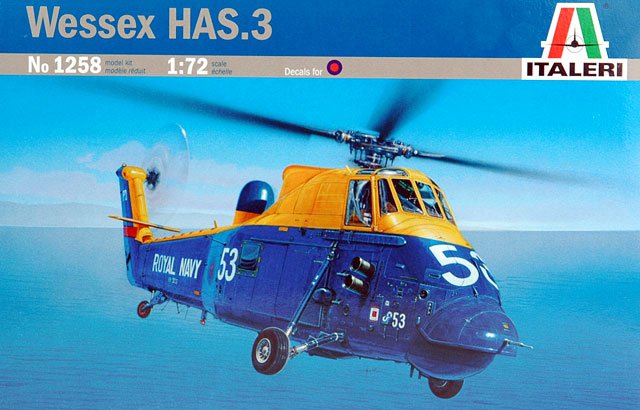
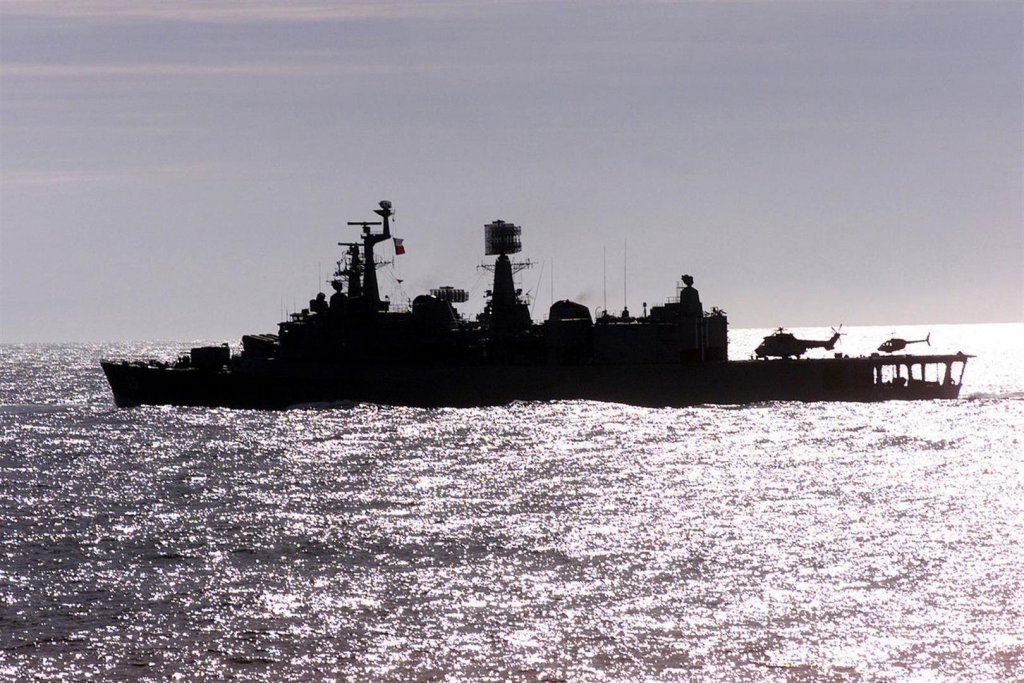
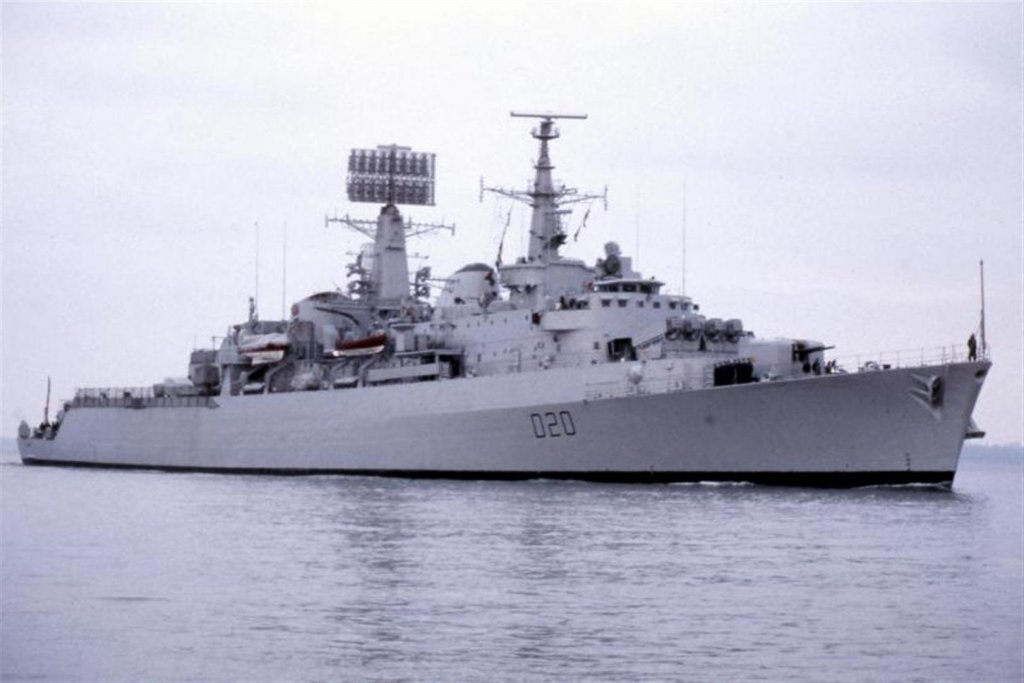
.thumb.jpg.800cb25dbaabd2b2f8a56a80cc6d3c86.jpg)
.thumb.jpg.128185d0c7a81c7a015a76387a06bd13.jpg)
